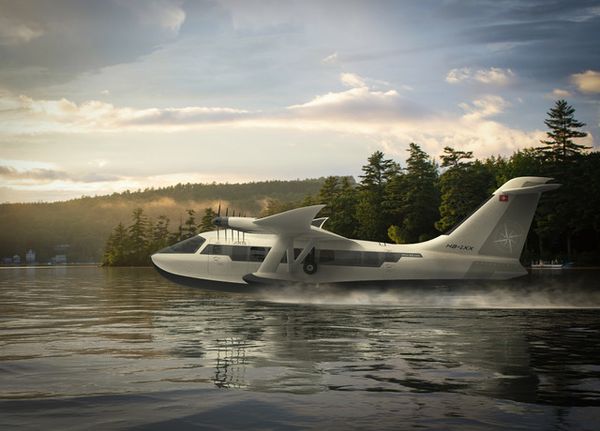Despite infrastructure problems and air regulatory issues, the Indian Aviation market expects to grow from 13.89 to 26.08 billion USD from 2024-2030. Driven by the rising disposable incomes of the growing middle class, the demand will only increase to fly, but the question is will there be adequate supply?
There are some rapid changes at the moment, and it is intriguing to analyze if the industry will consolidate into just a two-to-three-player market or if new entrants take the risk. Whatever the case, witnessing the Indian Aviation industry at the moment is challenging yet exciting to where it will reach in 2030.
The Vistara – Air India Merger

Vistara’s last domestic voyage was from Mumbai to Delhi, flight UK986, an Airbus A321, flew from Mumbai airport on November 11, 2024. The airline’s last international journey was from Delhi to Singapore, flight UK 115, an Airbus A321 Neo, departed from Delhi at 11.45 pm on Monday.
Vistara had done a remarkable job in India. It started in 2013, a joint venture between Tata Sons and Singapore Airlines, and within five years, it ranked 86th in the Skytrax airline ratings, and after six years of operating, it ranked 16th in the top 100 airlines. It was also the best airline in India and South Asia, with the best Airline Staff in the region.
After merging with Air India, both entities under the Tata Group, the mission seems evident. Air India will compete to come up the ranks, but there is tough competition, especially from Southeast Asian countries like Thailand, Indonesia, Malaysia, and Vietnam.
Air India will be looking to compete with Vietnam Airlines, Malaysia Airlines, and Thai Airways in the next three years to reach the top 50 ranked Airlines by Skytrax. As part of the merger deal, Singapore Airlines retains a 25.1% stake in the newly merged entity, allowing it a strategic foothold in India’s rapidly expanding aviation sector.
After the merger, Vistara flights will be operated by Air India identified by a special four-digit Air India code starting with the digit 2. For example, flight UK 955 will become AI 2955, to make it easy for the flyers to identify Vistara flights on the Air India website after November 12 for clarity.

Vistara's routes and schedules will remain unchanged, and the in-flight experience, including products and services, will continue to be offered by the same crew. Air India has allocated additional resources across various touchpoints in India and is collaborating with partner airports to facilitate the transition. Measures include help desk kiosks at curbside areas before terminal entry in the hub and metro city airports.
Additional support includes customer service staff How may I assist you? Air India and Vistara branded T-shirts, who will guide flyers with old Vistara tickets to help desks or Air India support staff.
The Future of Indian Aviation
'; } ?>
The Indian Aviation sector has gone through many transitions over the past decade. The inception of new airlines, the monopoly of Indigo Airlines in seat capacity and revenue, the merger of Air India and Vistara Airlines, and some that remain parked on the ground because of engine availability and others struggling financially.
International airlines too, look forward to expanding in the Indian aviation market because the spending capacity for flying has increased over the decade boosting domestic travel in India. The airport expansion throughout the country is an advantage for international airlines.
Only time can let aviation enthusiasts and air travelers know how Indian Aviation will shape, but the strategies and passion for making it a robust aviation hub look promising.
Should Students Have Homework? Better After-School Balance » Alaska Airlines Defends Home Turf with 7 Strategic New Routes for 2026 » Memphis at Midnight: Inside FedEx's Global Superhub »
Comments (0)
Add Your Comment
SHARE
TAGS
NEWS Vistara mergerAir IndiaIndian aviationairline consolidationnews.RECENTLY PUBLISHED
 End of an Era: JetBlue's Farewell to the Embraer E190
On September 9, 2025, after nearly two decades of service, JetBlue Airways brought an end to an era with the retirement of its Embraer E190 fleet.
INFORMATIONAL
READ MORE »
End of an Era: JetBlue's Farewell to the Embraer E190
On September 9, 2025, after nearly two decades of service, JetBlue Airways brought an end to an era with the retirement of its Embraer E190 fleet.
INFORMATIONAL
READ MORE »
 Cities in the Sky: The Future Built on eVTOL Flight
Imagine stepping out of your office, walking to a nearby rooftop, and moments later lifting off vertically into the sky — no airport lines, no traffic, just a silent hop across the city. This future is no longer science fiction; it's the foundation of what could be aviation's biggest innovation since the jet age.
INFORMATIONAL
READ MORE »
Cities in the Sky: The Future Built on eVTOL Flight
Imagine stepping out of your office, walking to a nearby rooftop, and moments later lifting off vertically into the sky — no airport lines, no traffic, just a silent hop across the city. This future is no longer science fiction; it's the foundation of what could be aviation's biggest innovation since the jet age.
INFORMATIONAL
READ MORE »
 The Runway is Obsolete: Jekta Swiss is Resurrecting the Flying Boat for the 21st Century
AeroXplorer sat down with George Alafinov, CEO & Co-founder of Jekta Swiss. In conversation, he discussed the company's unique value proposition and how he sees his aircraft revolutionizing the amphibious aircraft industry.
STORIES
READ MORE »
The Runway is Obsolete: Jekta Swiss is Resurrecting the Flying Boat for the 21st Century
AeroXplorer sat down with George Alafinov, CEO & Co-founder of Jekta Swiss. In conversation, he discussed the company's unique value proposition and how he sees his aircraft revolutionizing the amphibious aircraft industry.
STORIES
READ MORE »



